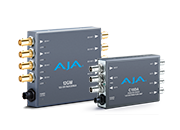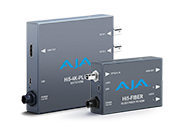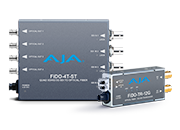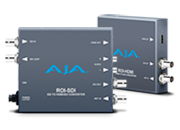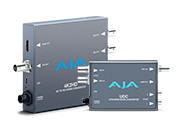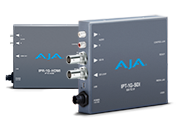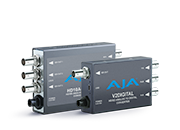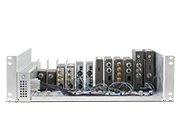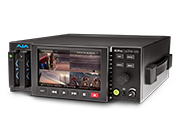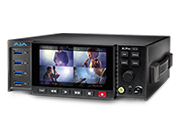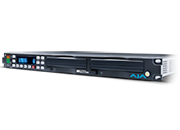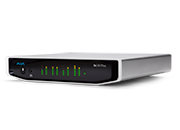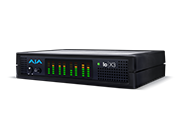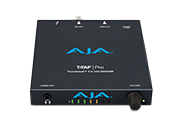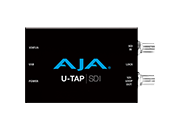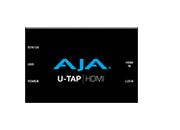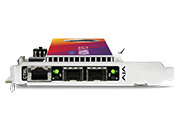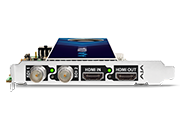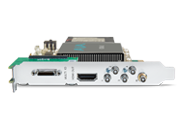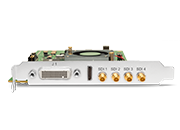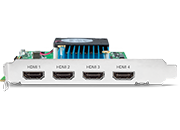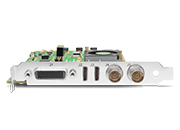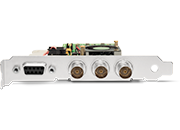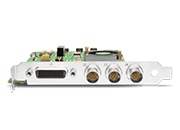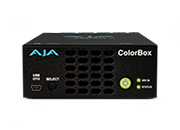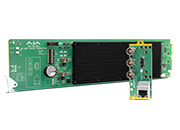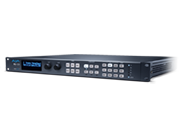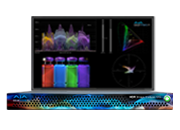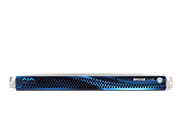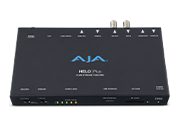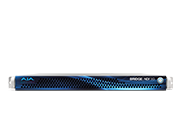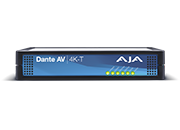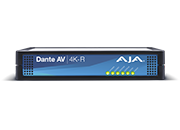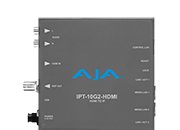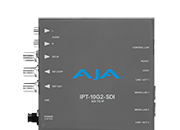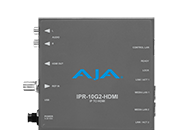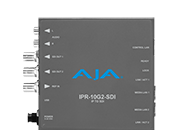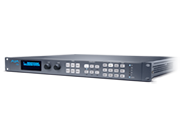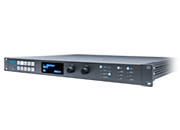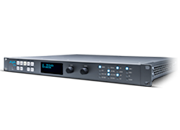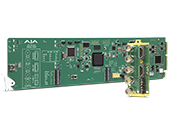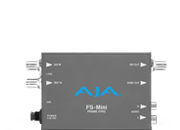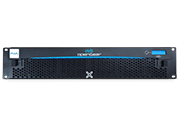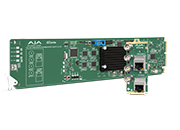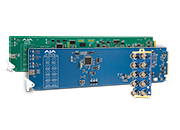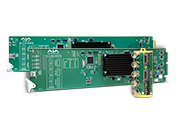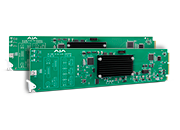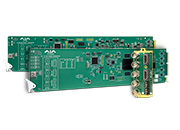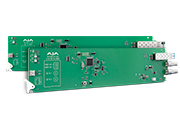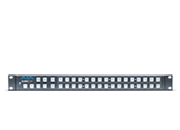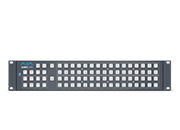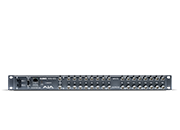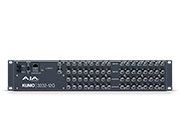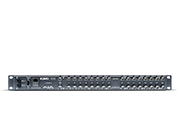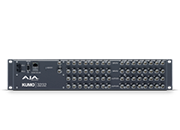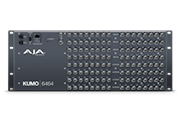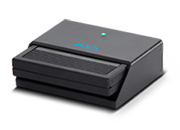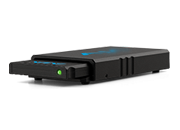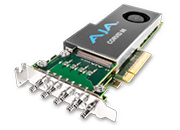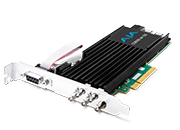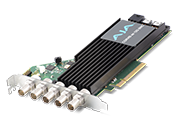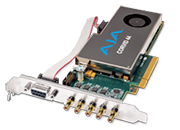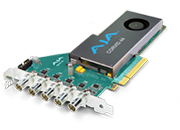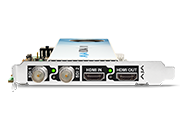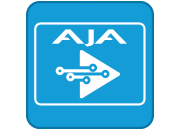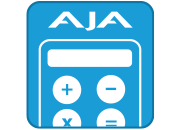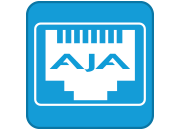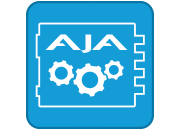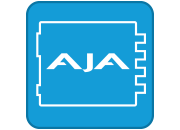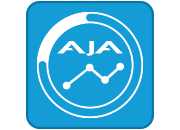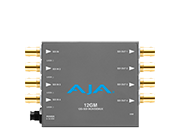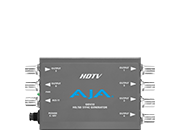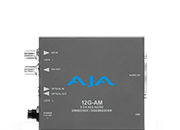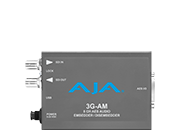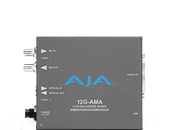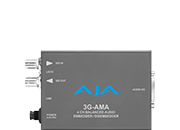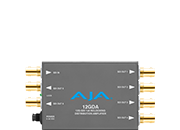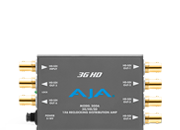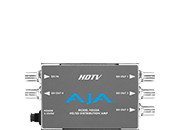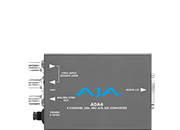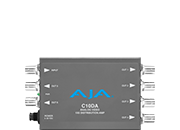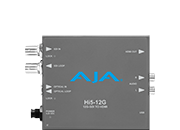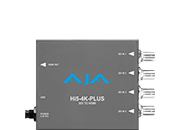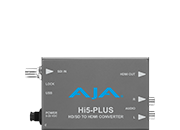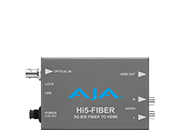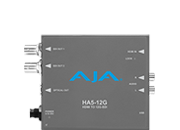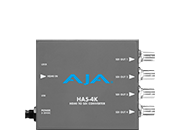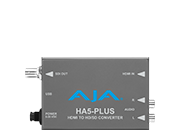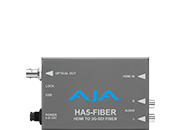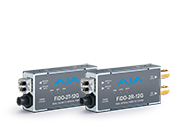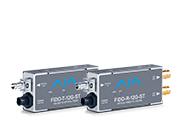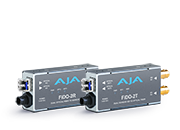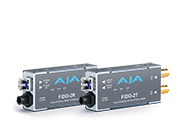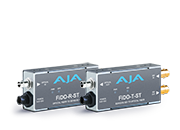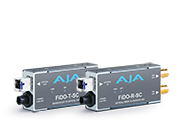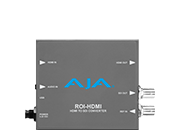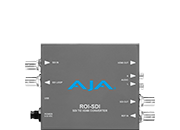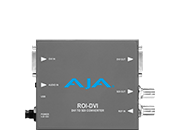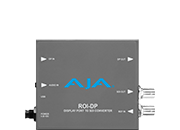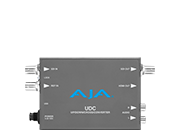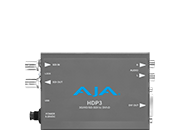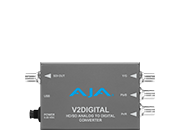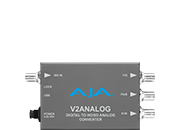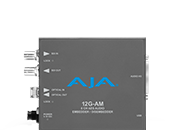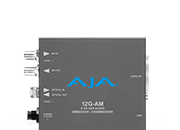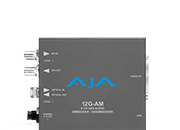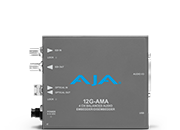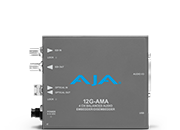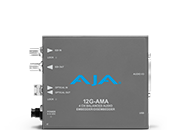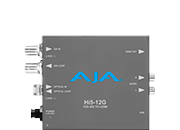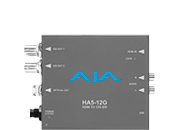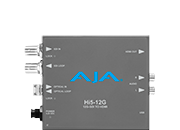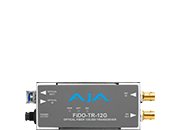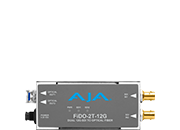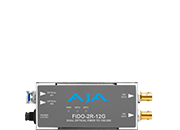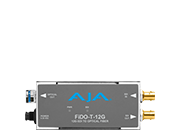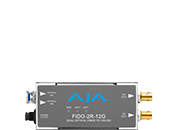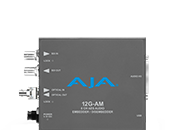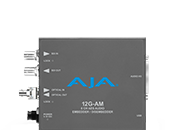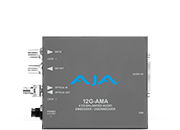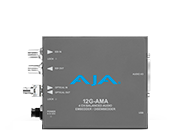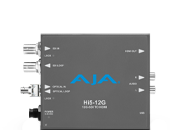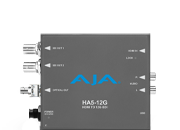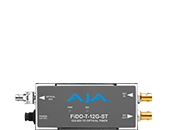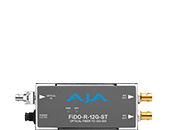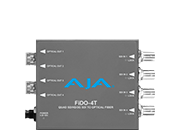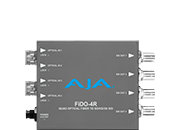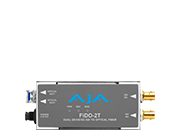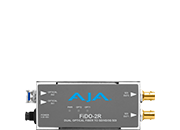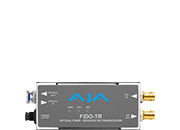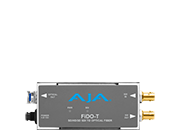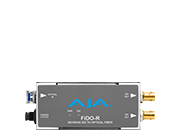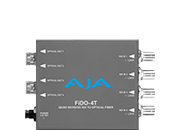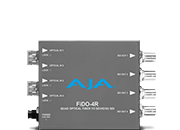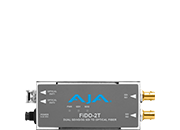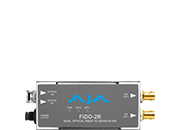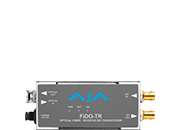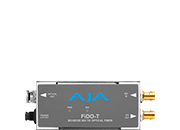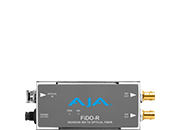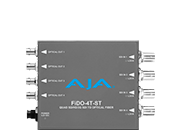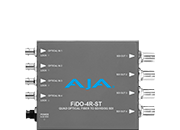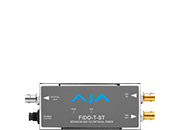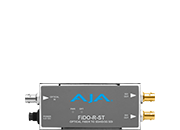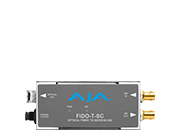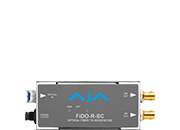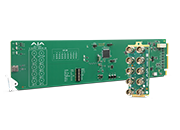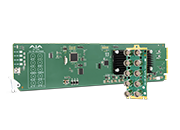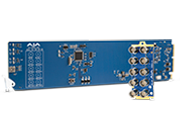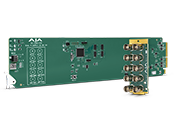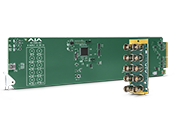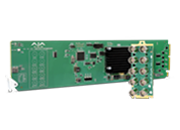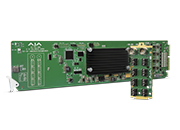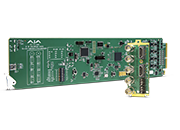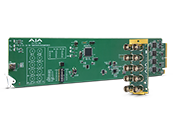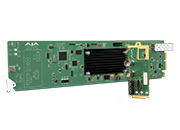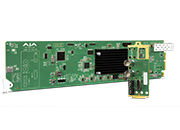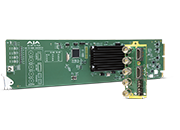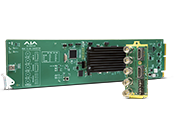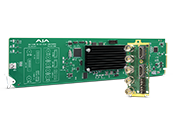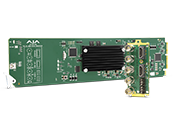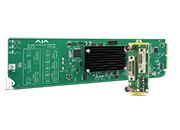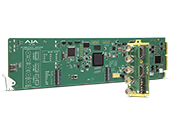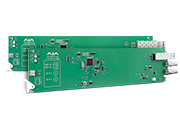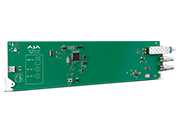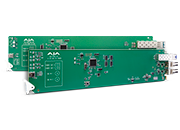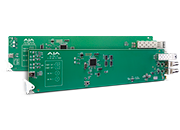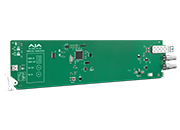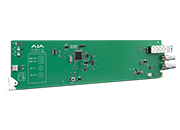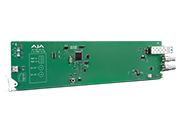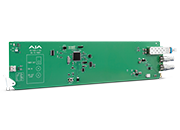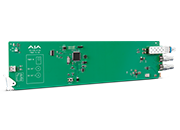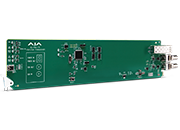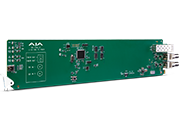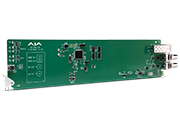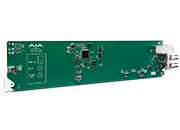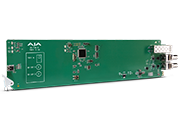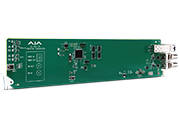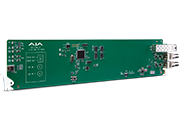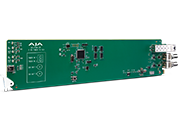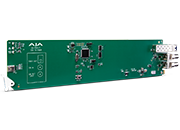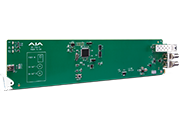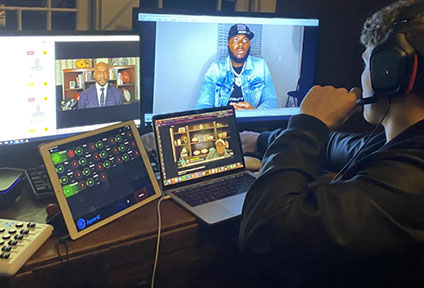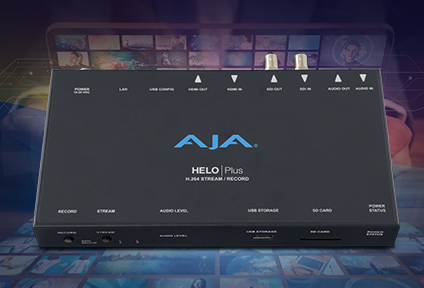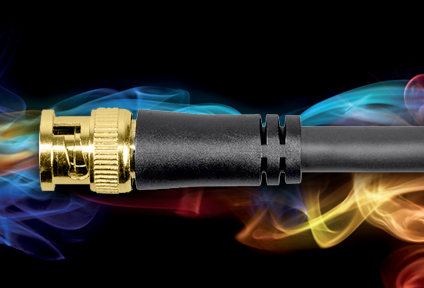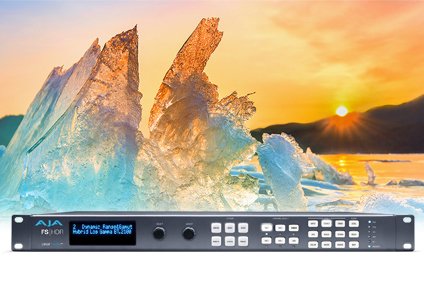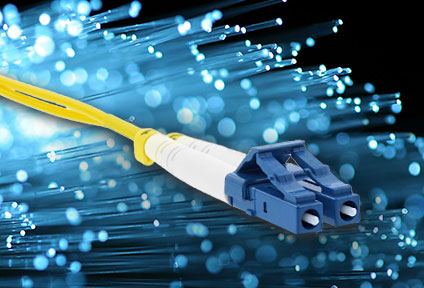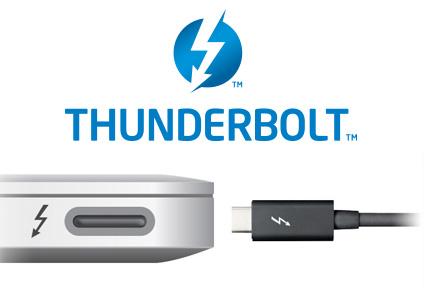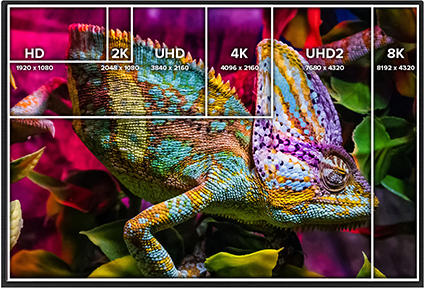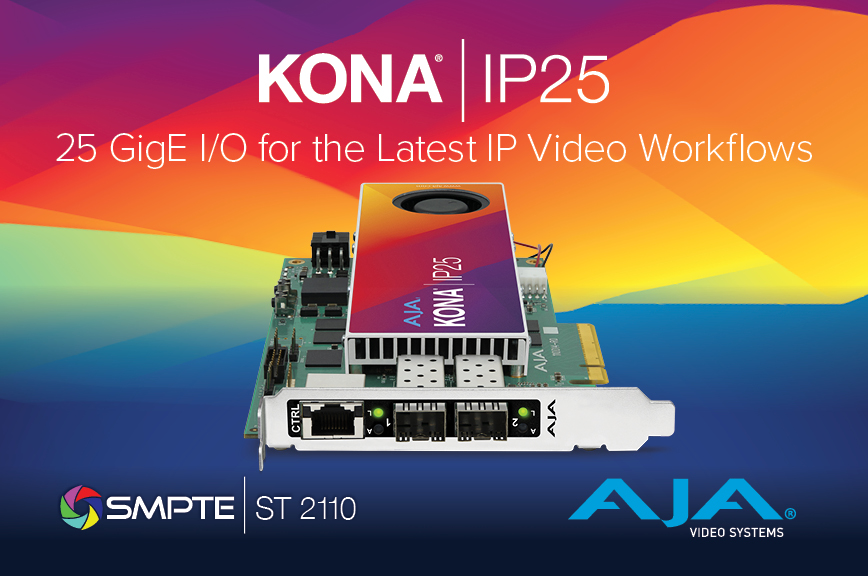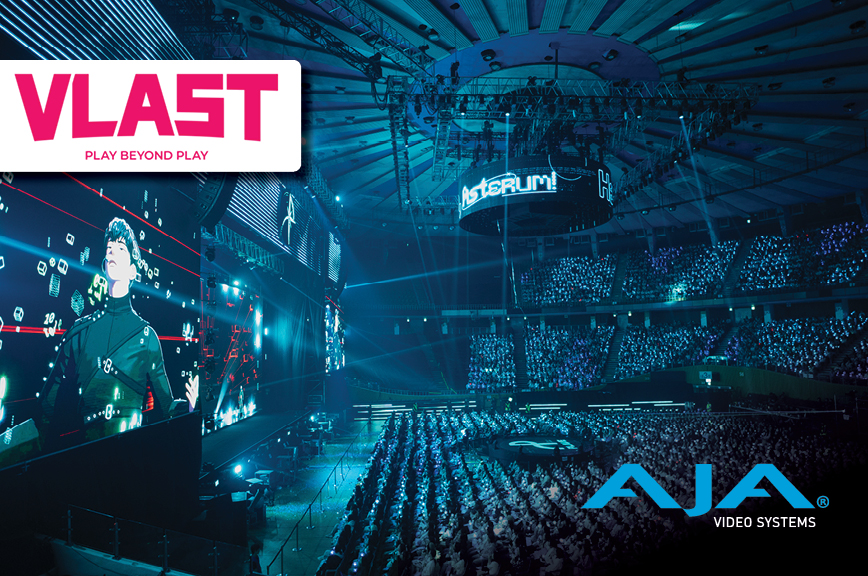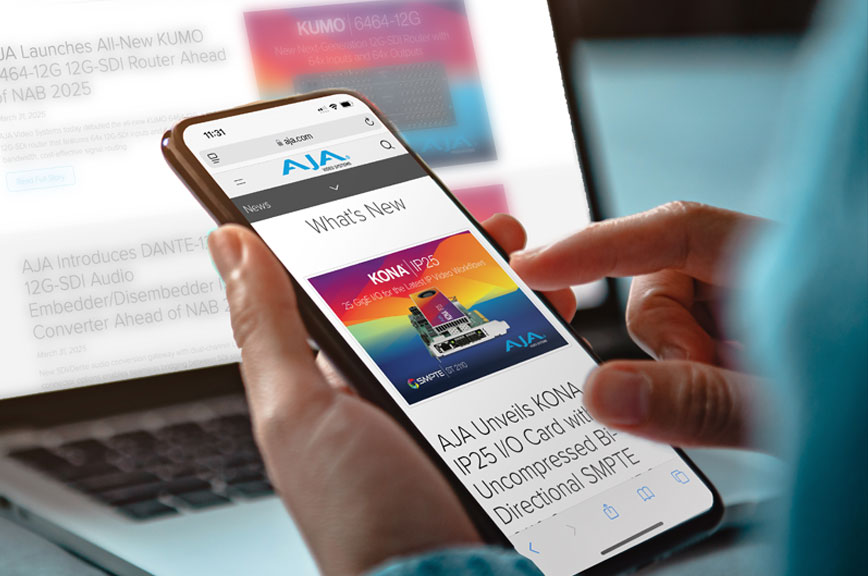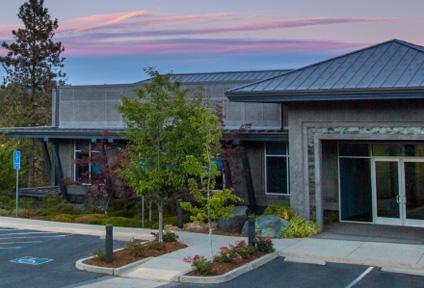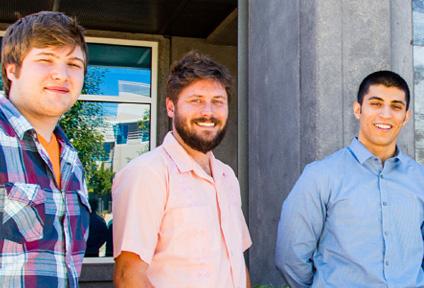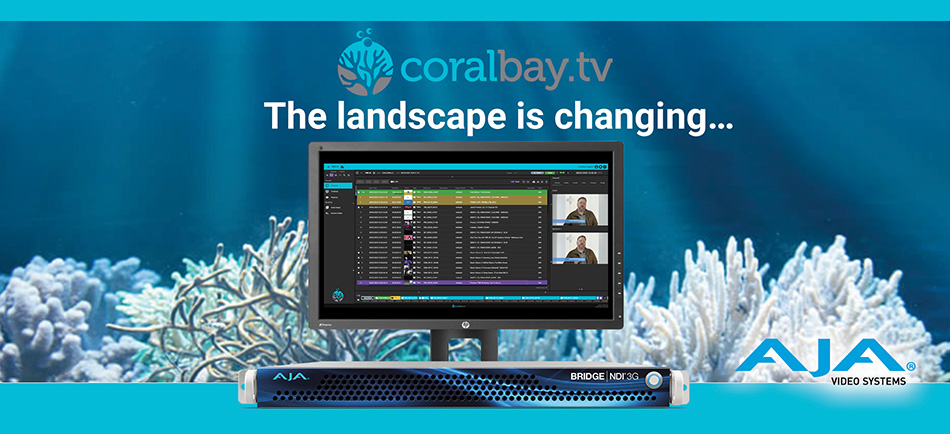Coralbay.tv on Building Hybrid Cloud Playout Solutions
March 10, 2023
Cloud playout is quickly gaining favor among broadcasters and content providers, making it easier to enhance the viewer experience by accelerating the launch of new channels and enabling more cost-efficient content delivery. However, going all in on the cloud is more challenging for media providers with legacy SDI infrastructure. Coralbay.tv develops next-generation playout solutions for broadcasters, supporting customers who require full and hybrid cloud playout solutions. We recently sat down with CEO Peter Hajittofi to discuss emerging workflows and its cloud-enabled playout solution coralPlay.
How’d you become CEO at coralbay.tv, and what does an average day on the job look like?
I studied control engineering at university, and after graduation, I joined software company Logica, where I worked in the broadcast division on custom projects. I then joined Louth Automation, an early pioneer in playout automation solutions that was later acquired by Harris Corporation. From there, I co-founded Pebble Beach Systems (PBS), with two other former colleagues where I helped develop award-winning playout products and automation solutions for leading broadcasters in over 60 countries. After leaving PBS, I started a new adventure with three former PBS colleagues. My typical day as CEO includes product management, sales, and financial forecasting, drafting proposals, attending meetings, staff management and managing marketing efforts.
Tell us more about coralbay.tv.
Coralbay.tv launched in May 2016 with a vision to develop future-proof, next-generation playout solutions for broadcasters. All of the founders, myself included, formerly worked for Pebble Beach Systems (PBS). We established the business with the belief that broadcasters need access to more reliable, cost-efficient, and feature-rich products that can be hosted anywhere - on-premises, public cloud, or private cloud. Leveraging our knowledge and experience in developing solutions to meet the rigorous demands of live broadcast, we developed TV channel playout technologies built on cloud-native technologies.
Our team of ten employees serves clients across the UK, Europe, Asia, and Brazil, including SES, Red Bee, and others we can’t name at the moment – out of our headquarters in Leeds, England. All our products are designed with microservices, containerized via the Docker platform, and then deployed and orchestrated using Kubernetes. This architecture enables our solutions to leverage the elasticity and redundancy of the cloud.
Describe some of your product offerings.
One of our latest solutions, coralPlay, is a new generation of playout software that provides an automated control interface and video pipeline for playing video and audio in a variety of formats, including XDCAM, AVC Intra, IMX, MPEG-2, and MPEG-4. coralPlay also supports various wrappers such as MXF, MOV, and GXF, as well as SD, HD, and UltraHD resolutions. The solution boasts an internal graphics generator, keyer, master control switcher, DVE, up/down scaler, SCTE inserter/detector, subtitler, and loudness normalization. Output of DVB MPEG-2 transport streams or H264 with Dolby D, MPEG1, or AAC audio is also supported, and users can opt to leverage NewTek NDI I/O and HLS for preview.
Optionally, using an AJA video card, SDI video can be output via coralPlay, and inputs can be SDI, NDI, H264, or MPEG-2 transport streams. The solution can scale from one to hundreds of channels, and channels can be launched within seconds and/or decommissioned easily after use, all in the software and without complex re-wiring. One of our customers recently leveraged coralPlay in a hybrid NDI/SDI implementation with AJA BRIDGE NDI 3G acting as an IP gateway.
coralPlay customers can import playlists manually by an operator or load them automatically. The technology is compatible with dynamic traffic interfaces and allows for last-minute changes to on-air playlists. When playlists are loaded, the system will automatically look for media that corresponds with the media IDs in the playlists. Media can be stored locally, held in deeper storage (either in the cloud via a solution like Amazon S3 or in an archive within a facility), or on nearline storage on a NAS or SAN.
How are your clients leveraging coralPlay?
Our largest coralPlay installation is with satellite and telecommunications network provider SES. They implemented it, in part, because it would allow SES to serve its customers with a cloud-native playout solution and services that could also run on-premises. It also outperformed the competition in a series of proof of concept (POC) tests. SES has already reached 70 channels handled by coralPlay serving many different clients, with some requiring a self-managed service and others requiring a fully managed service.
One of our other customers wanted both NDI and SDI inputs and outputs, so we provided them with an on-premises playout system that connects via the AJA BRIDGE NDI 3G integrated into the solution.
What challenges do you face on that project?
Every playout project is accompanied by unique challenges, but across the board, we usually have to solve infrastructure issues, such as network connectivity to the various products within the customer’s facility. On this project, we had to connect to a video router to be able to control it over IP. The product was already in use by the legacy playout system, so we had to be extra careful, and the company was considering a transition to NDI for some workflows within their facility in future, so that was a factor as well. AJA BRIDGE NDI 3G allowed us to provide both SDI and NDI inputs and outputs at the same time to give the customer added flexibility. We were particularly drawn to its live I/O preview and simultaneous source/destination capabilities. Both features provide great insight and visibility into the current status of NDI streams, and make configuration/control of the BRIDGE NDI 3G simple. Overall, we’ve been very happy with the BRIDGE NDI 3G and the support we’ve received from AJA.
Are you following any trends, and why?
We’re keeping a close eye on the cloud and how broadcasters are moving toward it. We are also monitoring changes in consumer viewing habits, including the pivot from linear to on-demand viewing and the rising popularity of FAST (free, ad-supported TV played out in a linear format) channels, which could help extend linear TV’s lifespan.
What advice would you offer to companies looking to implement similar solutions?
Think about your on-premises setup carefully, as not all workflows will require NDI and SDI. Some may demand transport stream I/O, while others will operate in SDI only. Enlist the help of a knowledgeable provider, like coralbay.tv, to help you identify the best approach for your setup and goals.
About BRIDGE NDI 3G
Offering immense conversion power and flexibility, AJA BRIDGE NDI 3G is a high-performance gateway appliance for high-density conversion to/from SDI and NDI® video over IP protocol. The device features a 10GigE onboard NIC for NDI I/O and remote control over the web with high-density 3G-SDI connections for up to 16 channels of SDI I/O – providing up to four channels of 4K or 16 channels of HD, or a mixture of HD and 4K NDI encodes/decodes in a compact form factor. It also includes NDI 5.5 and NDI discovery server support, among many other standout features.
About AJA Video Systems
Since 1993, AJA Video Systems has been a leading manufacturer of video interface technologies, converters, digital video recording solutions and professional cameras, bringing high quality, cost effective products to the professional broadcast, video and post production markets. AJA products are designed and manufactured at our facilities in Grass Valley, California, and sold through an extensive sales channel of resellers and systems integrators around the world. For further information, please see our website at www.aja.com.
All trademarks and copyrights are property of their respective owners.
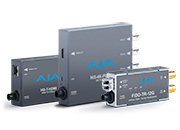 Mini-Converters
Mini-Converters
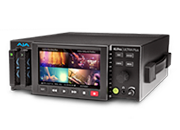 Digital Recorders
Digital Recorders
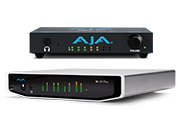 Mobile I/O
Mobile I/O
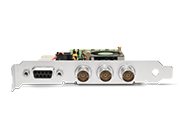 Desktop I/O
Desktop I/O
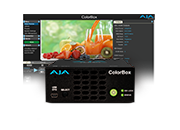 Color
Color
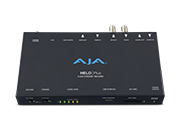 Streaming
Streaming
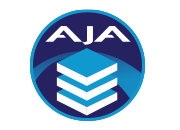 AJA Diskover ME
AJA Diskover ME
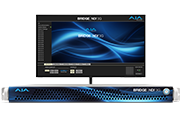 IP Video
IP Video
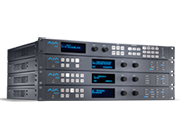 Frame Sync
Frame Sync
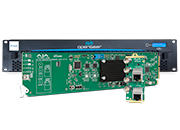 openGear
openGear
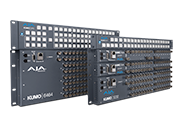 Routers
Routers
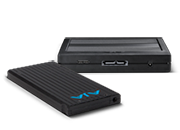 Recording Media
Recording Media
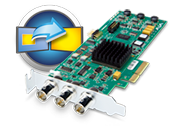 Developer
Developer
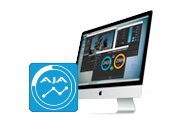 Software
Software
